The Theme and Subtext in Story Writing
Your Theme, Message and Interpretation
Blauw Films

The most important question to ask oneself when developing an idea for a script is:
‘What am I trying to say?’
It's essential to go beyond the surface-level plot and dive into the core message or theme you want to examine.
The most important factor in driving a story is the character’s motivations and subsequent actions but these must be built on the foundations of theme.
Find the Theme
Themes are the underlying concepts or issues explored within a story. They provide a unifying thread that ties together characters, plot points, and emotions.
Identifying the message you want to convey allows you to develop themes that resonate with your audience.
The question ‘What am I trying to say?’ captures the idea that a script is more than just a series of events or a collection of characters.
It’s a vessel for ideas and emotions that can communicate and connect with audiences on a profoundly personal level, whilst hopefully entertaining them at the same time!
Understanding exactly what you're trying to say can greatly inform the journeys of your characters.
Their arcs and motivations should be shaped by the themes you're exploring. Characters who are confronted with similar questions and decisions as the audience often create more relatable and compelling narratives. Having clarity around your central message can also guide the conflicts your characters face and the events that unfold, helping you choose the situations and settings that best explore and illustrate your message, which will therefore best suit the story.
This thematic through-line helps keep the story clear. It ensures that every scene, character, and plot element serves the story’s purpose, keeping it trim and streamlined.
It is worth noting that the message you're trying to convey doesn't always need to be explicit.

Interpretation and Subtext
Subtext can add extra layers of complexity to your script and give an audience more room for interpretation, which in turn will make them more engaged with the characters and story.
At the core of every script is the potential for a vast variety of interpretations.
Interpretation refers to how audiences discern and derive meaning from the story.
It’s a process through which viewers make sense of the story, characters, themes, and messages, often coming up with their own conclusions. This personal relationship allows each member of the audience to find a unique connection with the story. A well-crafted script often leaves room for interpretation, inviting audiences to explore the material from different angles.
On the other hand, a script that ignores the potential for different interpretations flies close to the sun in alienating or even offending members of their audience. Don’t get me wrong, it is not always a bad thing to offend, and particularly in this day in the age, there is always someone somewhere who will be offended, but to do this blindly and without reason simply demonstrates a lack of in-depth thought on the various elements that make up your story. If a theme, motif, or a character’s words or actions lead to offence, you better know ‘what am I trying to say’, and then say it!
This is not about avoiding writing complicated or controversial subjects.
Everything can be written if done so with wide eyed clarity of purpose.
By asking yourself what you're trying to say, you're forced to articulate the central themes, ideas or messages you want to communicate in your story. This clarity helps your characters and story stay focused and will lead to an overall better outcome with a wider, more engaged audience.

More on Storytelling
Ready to explore and read more on the topic of Storytelling and Worldbuilding?
Blogs
Creativity and Imagination — Use your Imagination for Your Stories.
The Iceberg Theory of Storytelling — See How Easily You Can Make Your World Building Feel Detailed
Balance Creativity and Consistency — The Essential Guide to Internal and External Logic in World Building
Resources
This printable workshop will help to set stories up for successful world building — Building Worlds Intro
This in-depth document covers all essential elements of worldbuilding and storytelling — Building Worlds Document








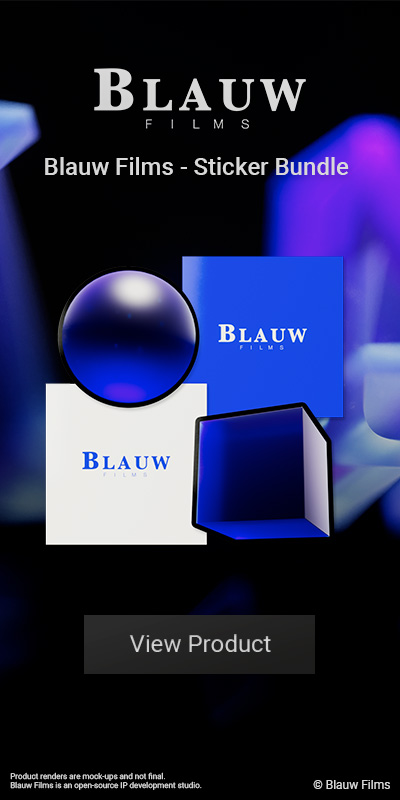








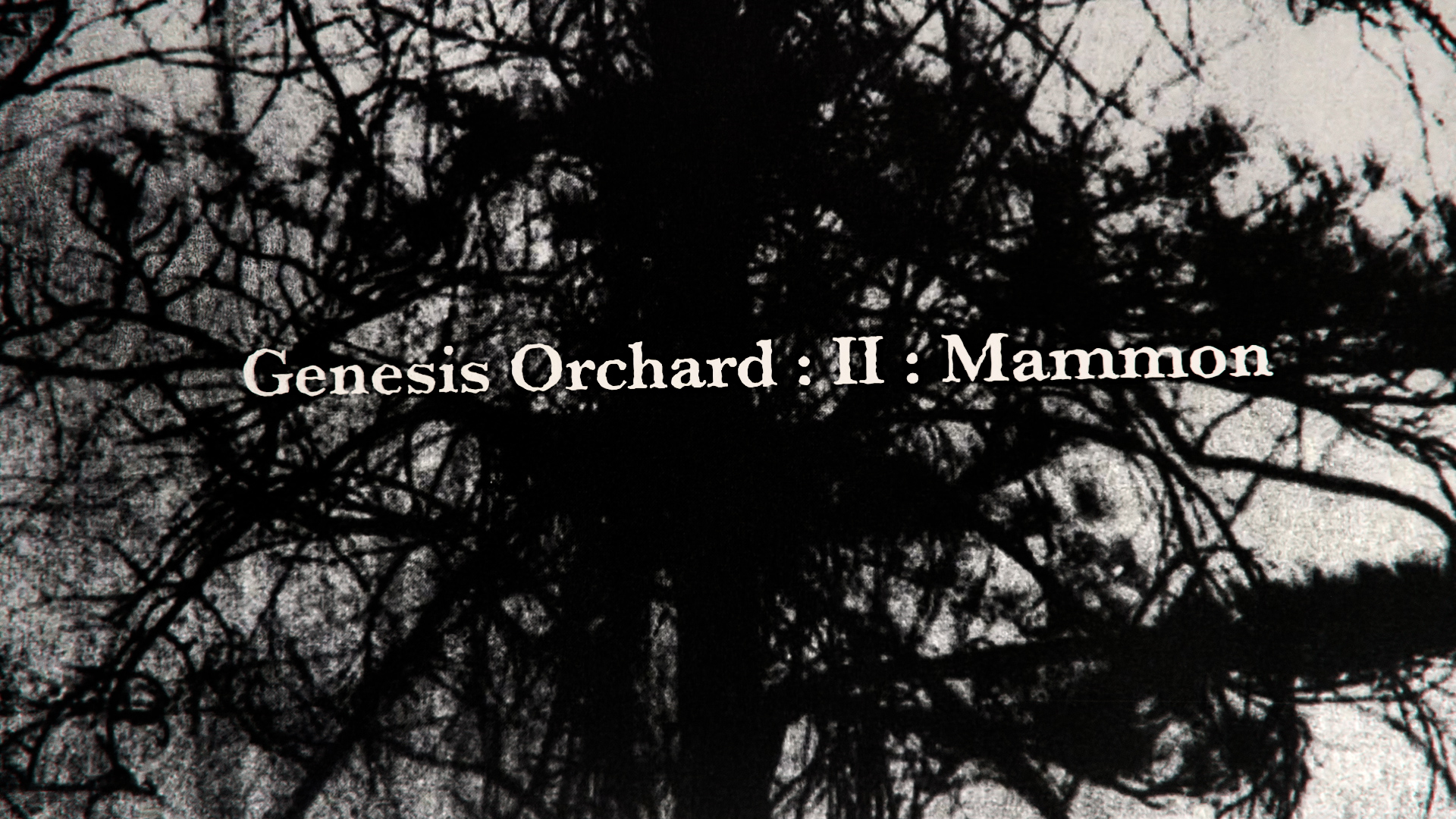

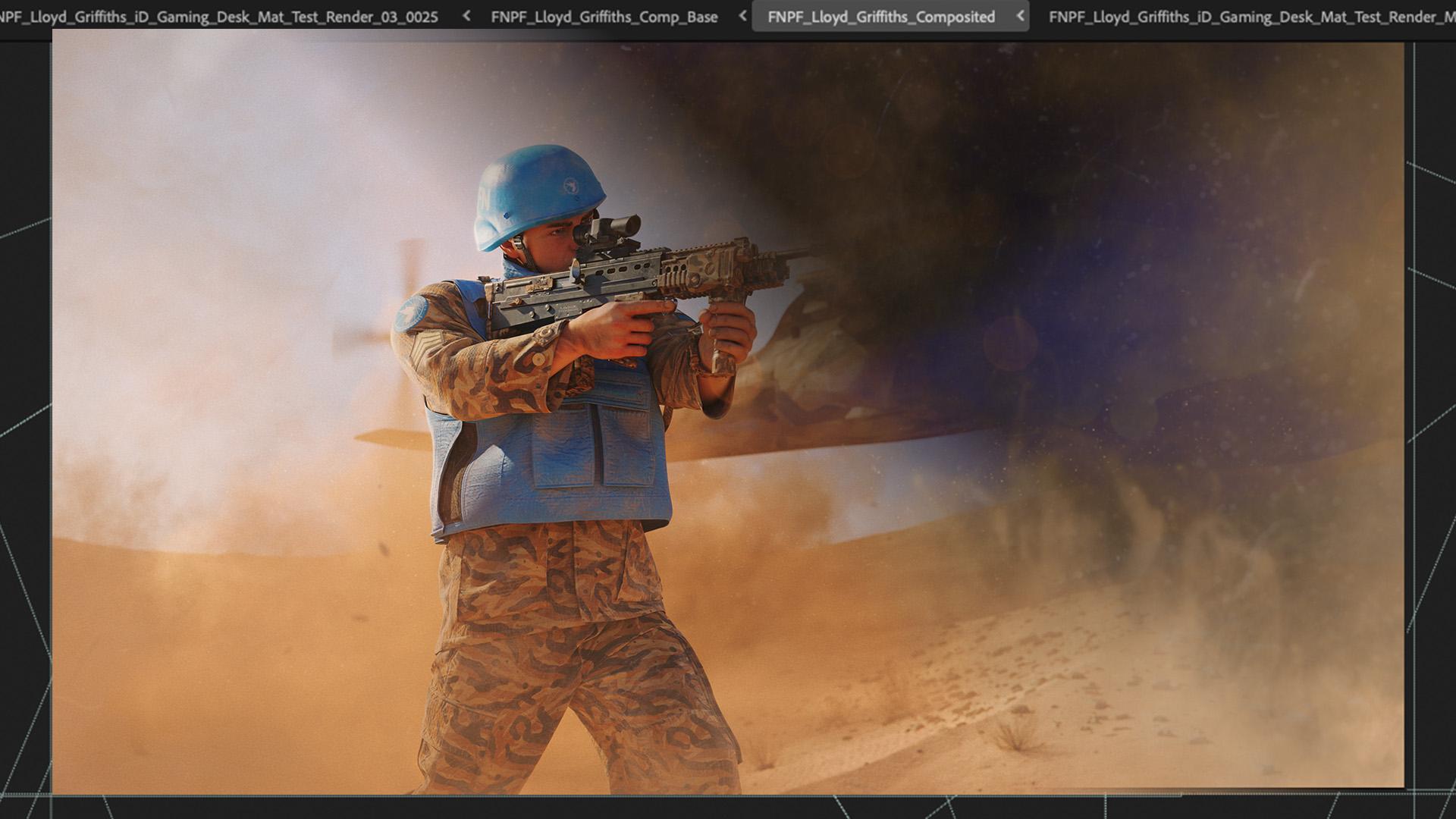
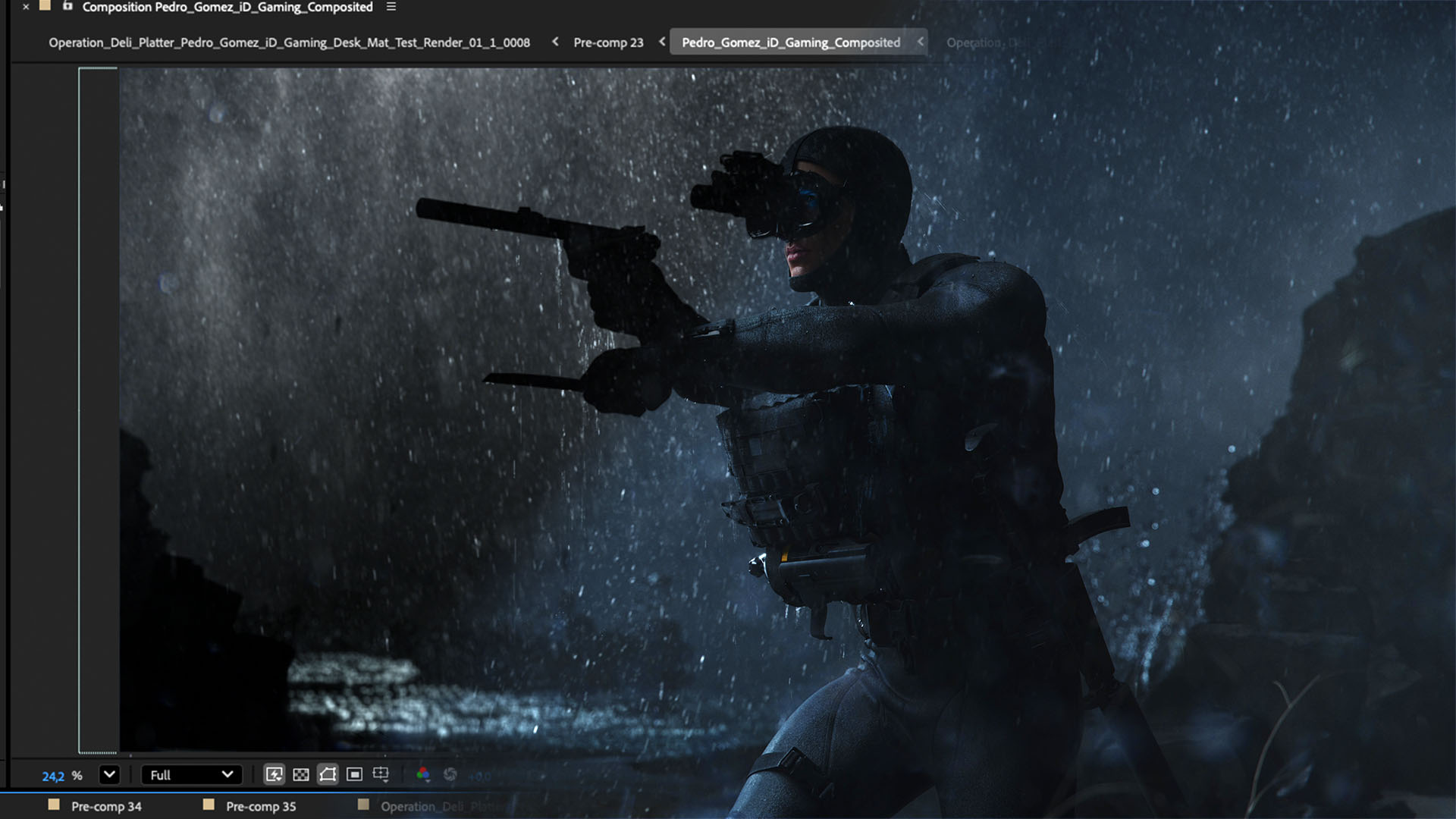


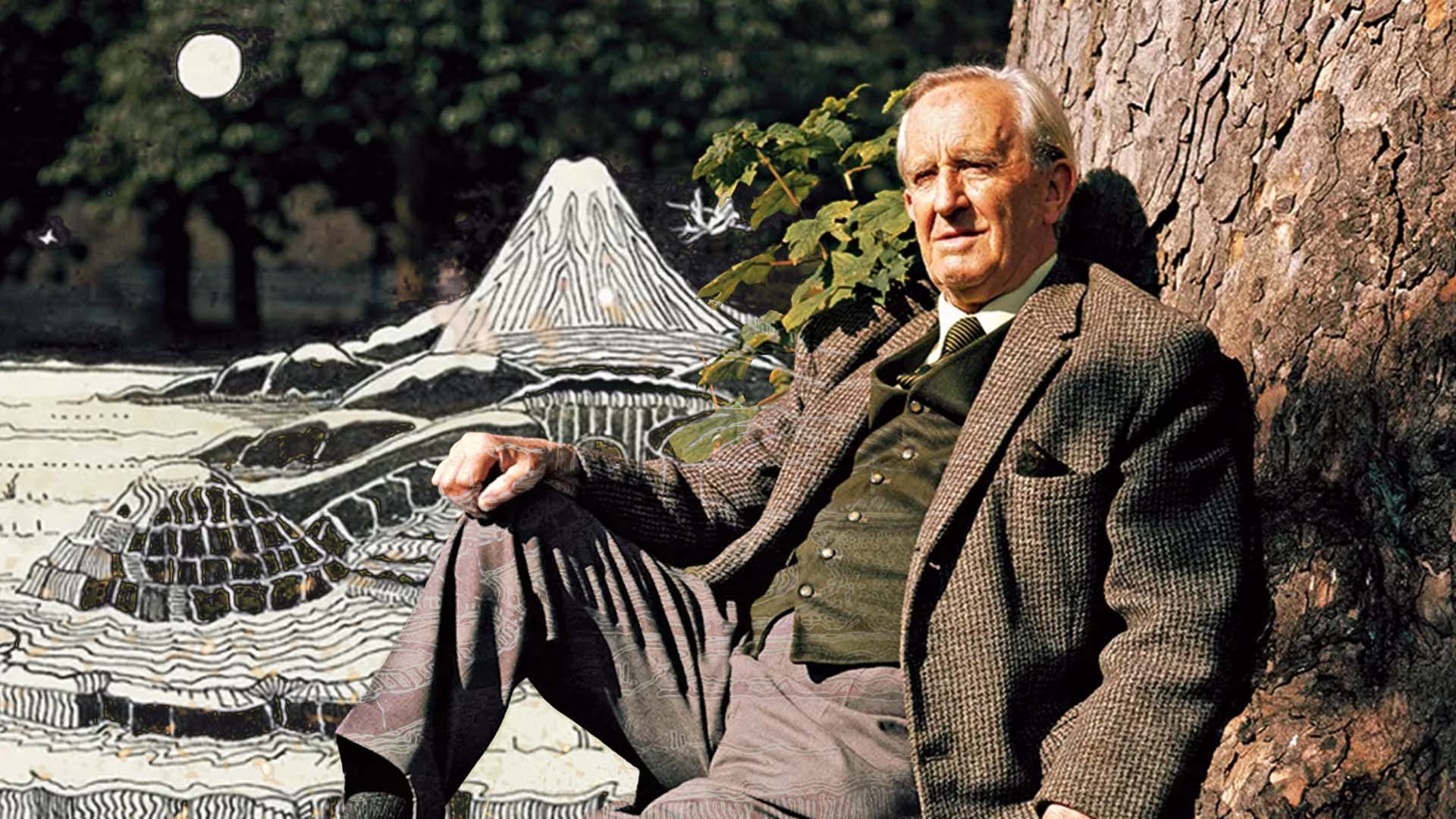







%20by%20Ivan%20Aivazovsky.jpg)






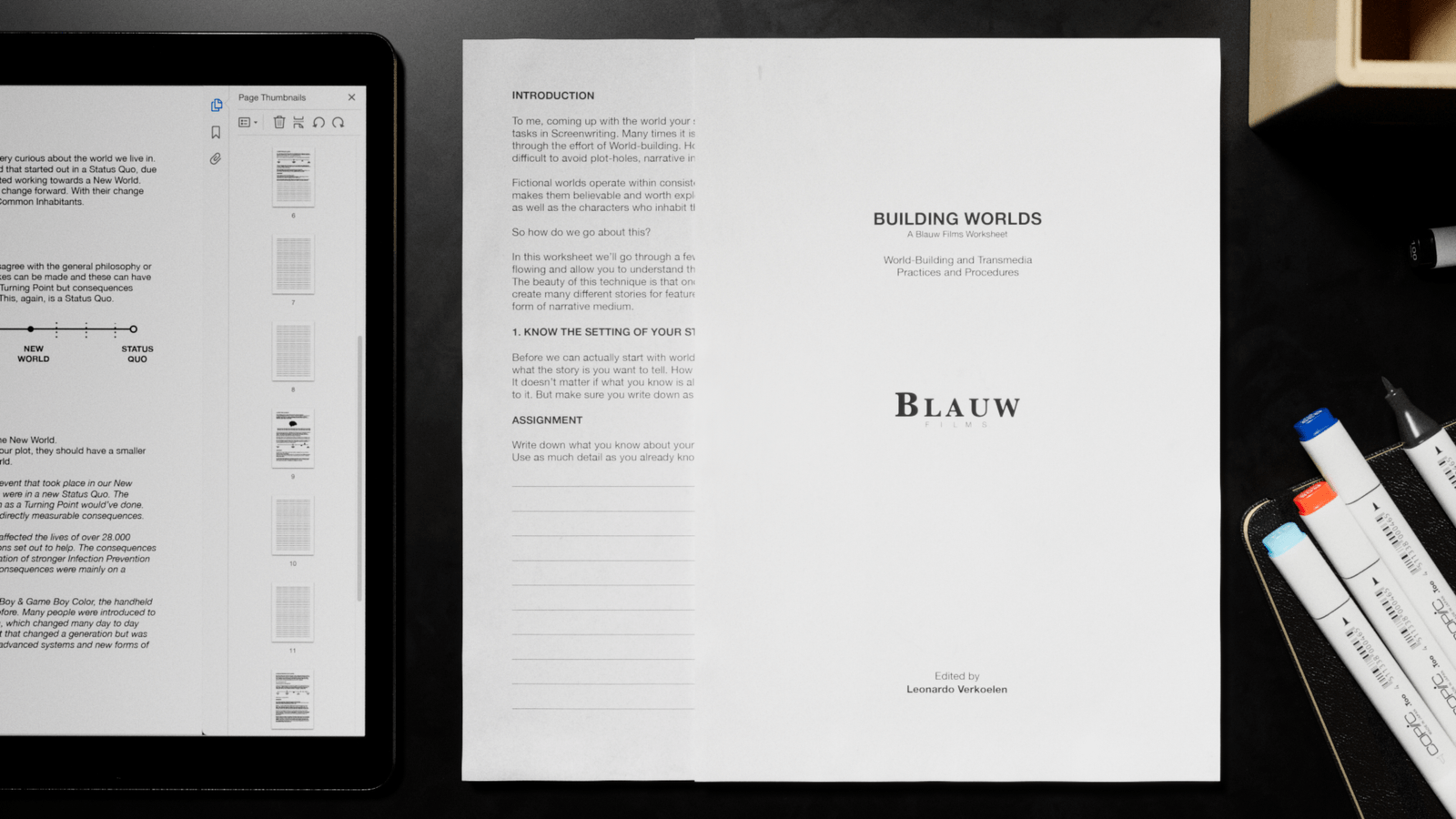









































































0 Comments